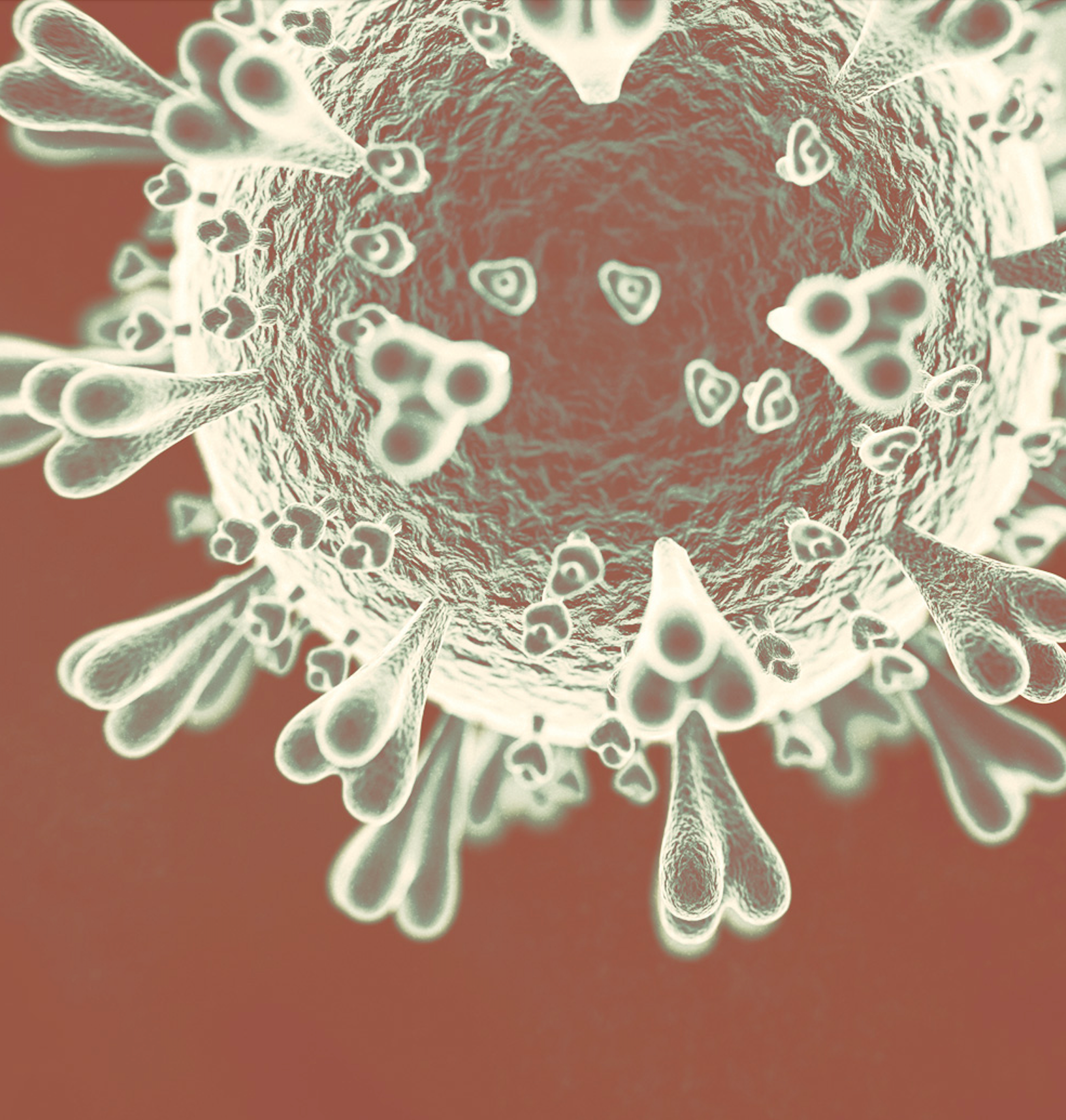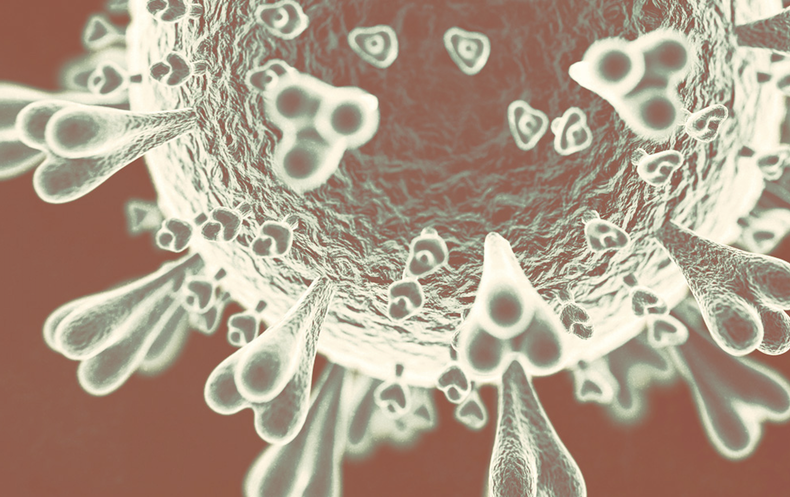
Tanya Lewis: Hi, and welcome to Covid Quickly, a Scientific American podcast series!
Josh Fischman: This is your fast-track update on the COVID pandemic. We bring you up to speed on the science behind the most urgent questions about the virus and the disease. We demystify the research, and help you understand what it really means.
Lewis: I’m Tanya Lewis.
Fischman: I’m Josh Fischman.
Lewis: And we’re Scientific American’s senior health editors. Today, we’ll look at how new Omicron subvariants are already increasing cases and hospitalizations…
Fischman: And we’ll try to figure out if fall vaccine boosters should contain standard Omicron or some of those new subvariants instead.
–
Fischman: It’s the height of summer here, and we’re already seeing another COVID surge again. This time, it’s driven by the Omicron subvariants BA.5 and BA.4. What do we know about them so far?
Lewis: Yeah, unfortunately the lull after the last surge didn’t last very long. BA.4 and BA.5 are offshoots of the Omicron variant, a version of which caused a massive wave earlier this year. BA.5, and to a lesser extent, BA.4, now make up more than 70 percent of COVID infections in the U.S. And they are the most capable of evading our immune response from vaccination or infection of any variant so far.
Fischman: That’s worrying. Do we know if these subvariants are causing more severe disease?
Lewis: We do know that we’re seeing upticks in hospitalizations in countries around the world, including here in the U.S. The variants appeared to cause more severe disease in hamsters, though there’s not yet clear evidence of this in people. But the more people who get infected, the more people will end up in the hospital. It’s just numbers.
Fischman: Right. Even if the portion of severe disease stays the same, the absolute number will climb along with infections. Now, the subvariants are already dominant in some other countries. Can we learn anything from those places about what might happen here?
Lewis: It’s hard to make direct comparisons because each country has its own patchwork of immunity to the virus, but we can see a clear pattern elsewhere. BA.4 and 5 were first seen in South Africa, and then in Portugal, where they caused a spike in hospitalizations, despite the country’s high vaccination rate. This is now happening in many other countries.
Fischman: And previous infections don’t appear to protect against these variants as well, do they?
Lewis: That’s right. People who had the original Omicron variant, BA.1, seem to have a higher rate of reinfection with these newer Omicron subvariants, compared with those infected with previous variants. That’s troubling, because it seems like hybrid immunity from vaccination plus infection no longer seems to last that long.
Fischman: So are we going to keep getting COVID over and over again?
Lewis: Possibly, unle-ss vaccine makers can develop new booster shots that target Omicron’s subvariants. Those could improve our protection.
–
Lewis: It seems likely the U.S. could face another fall or winter COVID wave. But we could have better booster shots to ward it off. Josh, what are the chances of that?
Fischman: It does look like better boosters are coming, Tanya. The question is whether they’ll get here in time to stop that fall wave you mentioned. And that timing seems to depend on what vaccine makers put in them.
Lewis: What are the choices?
Fischman: Well, both Moderna and Pfizer began developing shots with the ancestral Omicron variant months ago, and Moderna has already said those could be ready by August.
Fischman: But the FDA, and its vaccine advisory committee, just said that new boosters should be built around the new subvariants: BA.4 and BA.5. And the vaccine makers say those shots, which they are just starting to test, wouldn’t be ready until October.
Lewis: But that will be too late to fend off a fall wave! Why pick the slower route?
Fischman: Because it looks like boosters using BA.4 and 5 will protect people better, since those subvariants are the ones dominating new infections now. So they’ll either be the ones circulating in the fall, or those fall viruses will be very similar.
Fischman: The FDA wanted boosters that are more likely to produce antibodies that neutralize the subvariants. And lab tests indicate that vaccines built around ancestral Omicron don’t do that well enough. The subvariants are just different enough from their ancestor to evade an Omicron-prompted immune response.
Fischman: The idea behind the boosters is to trigger broader-based immunity. So the shots contain genetic material from the original SARS-CoV-2 virus, the one that hit us in early 2020, as a foundation. And they add in material from the new subvariants, basically teaching your immune system to respond to a wider spectrum of virus versions.
Lewis: So this is kind of a race against time, and virologists are hoping the boosters are so effective they can stop or slow down a new wave.
Fischman: Yes, it’s a race. I think the FDA was convinced by data showing that people infected by ancestral Omicron were getting reinfected by the subvariants, so they were afraid the same kind of thing would happen if they rolled out old Omicron-based boosters.
Fischman: Health officials were also worried that people wouldn’t get such boosters. That’s already a problem. Three-quarters of people eligible for boosters have not gotten them, and there seems to be a perception that the shots—based on the 2020 virus—are outdated. Peter Marks, who runs the FDA’s vaccine office, said he hopes effective boosters against the latest subvariants will convince a lot more people the shots are up-to-date, and they should roll up their sleeves.
Lewis: What happens, though, if the fall virus is some new, really different version? New versions seem to keep turning up every couple of months.
Fischman: It is a bit of a gamble. But Trevor Bedford, an evolutionary biologist at the Fred Hutchinson Cancer Center, thinks its a good bet the fall virus will be pretty similar. He tracks the way the virus mutates, and says all the recent changes keep new versions within the Omicron branch of the virus family tree. Since those versions have been wildly successful at spreading, he expects that trend to continue.
Fischman: And this summer, vaccine makers and the FDA will be testing these new boosters to make sure they are just as successful at keeping up.
–
Lewis: Now you’re up to speed. Thanks for joining us. Our show is edited by Jeff Delviscio and Tulika Bose.
Fischman: We’re going to take a short summer break for the next two weeks.
Lewis: Even in a pandemic, you need some time off.
Fischman: Especially in a pandemic.
Lewis: But we’ll be back the first week of August with a new episode of COVID, Quickly!
Fischman: And check out SciAm.com for updated and in-depth COVID news.
[The above text is a transcript of this podcast.]

